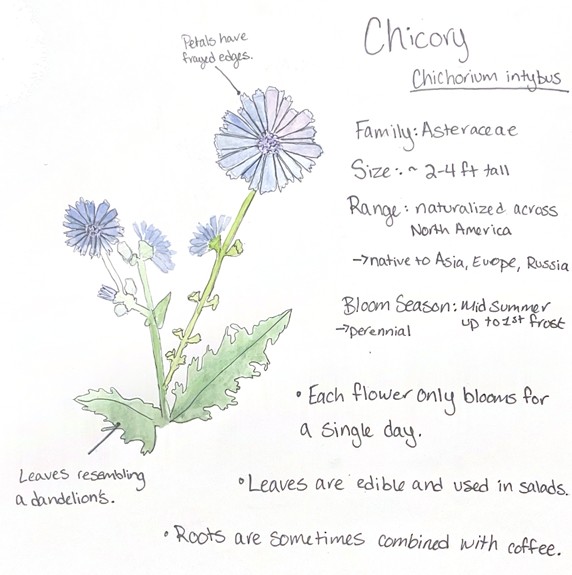Contracting allows for students to earn honors credit in courses that don't typically carry it. To earn contract credit, students undertake an additional project for their course with the approval of their instructor.
Watch a short video for an overview of how to get started with Honors contracts at UNO.
Contract Guidelines
- Students can undertake no more than TWO contracts in any one semester.
- Contracts are generally available on academic courses carrying a maximum of five credits (most contracts are associated with 3 credit courses).
- Honors contract efforts should be wholly distinct from course assignments.
- Physical Education Activity (PEA) courses for 1 credit are generally not a good fit for contracting.
The Honors Program encourages you to think outside the box with these efforts and to think of moving towards a research or creative presentation suitable for RCAF or another conference opportunity.
Honors requires both student and instructor complete afinal evaluation of the effort undertaken (hopefully completed); details regarding this evaluation will be emailed directly to all parties toward semester's end.
Students can also earn Honors credit when they enroll in and complete graduate courses successfully as undergraduates. To do so, complete this graduate course form by the end of the third week of the semester.
The Honors contract form is available: Spring 2026
Creating Your Proposal
Students are encouraged to be imaginative in creating their Honors contract proposals. While extending their research and writing skills is certainly possible in more traditional University product efforts, thinking outside the box is a valuable characteristic of Honors students and can be seen in Honors contracts. There are examples below, but the possibilities are limited only by what students can devise under their mentors' direction.
You may want to build a website that helps other students learn: check out Grace Abrahams' work. You may want to showcase your effort in the form of a video, as Cece Ward did. Both these efforts demonstrate ways learning can be stretched beyond traditional academic outcomes (such as papers).
You could even think of combining majors, such as biology and studio art, in painting a disease on a cellular level; see below for a photo of a painting Alaina did of hydrocephalus brain. Alaina thus combined her interests for an Honors contract effort. Haley (image below on the right) developed a journal of wildflowers for her "Flora of the Great Plains" class.


Other examples of such student efforts are featured below: